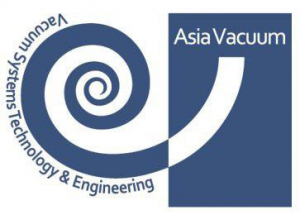How low of a vacuum should we pull on a system?
How low of a vacuum should we pull on a system?
- ۵۰۰ Microns as Standard:Pulling a vacuum to 500 microns (0.5 mmHg or 0.0197 inHg) is a widely accepted industry standard for removing air and moisture from a system.
- Why Lower is Better:Lower micron levels ensure more complete removal of moisture, which can cause corrosion and reduce system efficiency.
- Moisture and Boiling Point:The lower the pressure (higher vacuum), the lower the boiling point of water. Pulling a deep vacuum allows you to boil away and remove even trace amounts of moisture.
- Manufacturer Recommendations:Some manufacturers specify even lower micron levels (e.g., 250, 100, or 80) in their service literature, particularly for systems with specific refrigerants or components like polyester oils.
- Example: R-410A Systems:Systems using R-410A refrigerant often require a deeper vacuum (e.g., 250 microns with a decay holding below 500 microns) due to the refrigerant’s sensitivity to moisture.
- Ultra-Low Temperature Systems:Extremely low temperature refrigeration systems may require even lower vacuum levels (e.g., below 20 microns).
- Decay Test:After reaching the target vacuum level, it’s crucial to perform a decay test to ensure the system holds the vacuum and doesn’t leak.
JB recommends that a system be pulled to at least 250 microns and held at least five minutes. On any polyester oils in a system, it is recommended to pull a much lower vacuum as moisture is very difficult to remove even with heat and vacuum.



